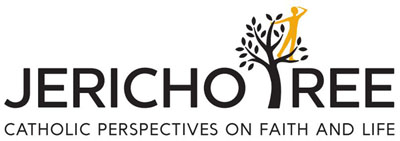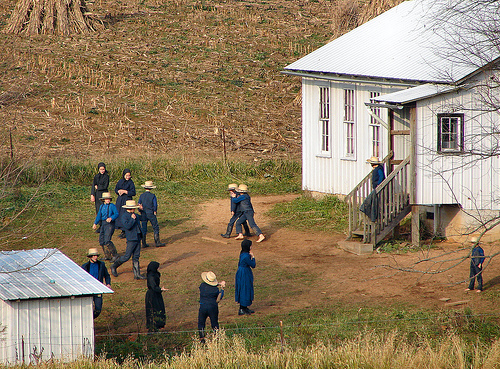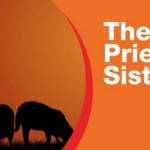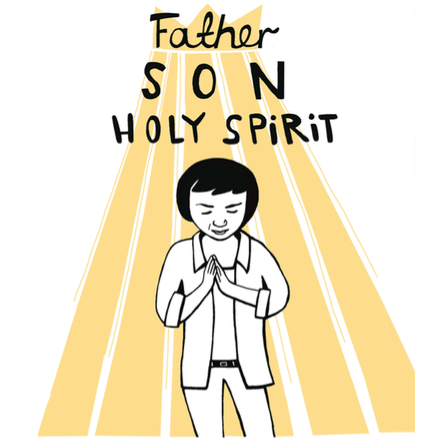The perfect size for a community is…
The perfect size for a community (whether a village, a religious congregation, or a military unit) is… 150. How do we know?
Primates live in groups, which allows them to solve problems together and reduce the risks of being caught by predators. You stick together; you stand united against a common enemy. But all the time an implicit calculation is being made to work out whether the benefits of cooperation outweigh the costs.
The psychological demands of living in large groups mean that, in primates, species-typical group size correlates rather closely with the species’ brain size. On the primate model, our oversized brain would predict a group size of around 150, the number now known as Dunbar’s Number. We find it in the typical community size of hunter-gatherer societies, in the average village size in county after county in the Domesday book, as well as in 18th-century England; it is the average parish size among the Hutterites and the Amish (fundamentalist Christians who live a communal life in the Dakotas and Pennsylvania, respectively). It is also the average personal network size – the number of people with whom you have a personalised relationship, one that is reciprocal (I’d be willing to help you out, and I know that you’d help me) as well as having a history (we both know how we came to know each other).
The Hutterites illustrate rather clearly just what’s involved. They deliberately split their communities once they exceed 150 individuals because, they maintain, you cannot run a community of more than 150 people by peer pressure alone: instead, you need a police force.
The same thinking also applies to business, management, and the military:
We see the same principle at work in the management philosophy of the Gore-Tex company, known for its breathable, waterproof fabrics. Instead of expanding factory size as its business grew, the late “Bill” Gore kept this factory size to 150 and simply built a new, completely self-contained factory next door. The result is a work community where everyone knows everyone else, and there is no need for formal line-management systems or name badges; everyone is committed to each other and to the communal vision. Has this been the secret to its unusual success as a business?
Perhaps the best example, however, remains the military. All modern armies have a similar organisational structure, mostly developed over the last 300 years by trial and error on the battlefield. The core to this is the company – typically around 120-180 in size – almost exactly Dunbar’s Number. As anyone who has been in the army will tell you, company is family, far more so than battalion or regiment.
Although wild claims have been made about the number of friends people have on Facebook, the vast majority of us have only 120-130. Yes, you can have 500 or 1,000 friends if you want to sign people up, but this seems to have more to do with competition than with real friendship.
It makes you think about the communities you are involved in.
Tags: Amish, Army, community, Dunbar's Number, evolution, Facebook, hunter-gatherer, Hutterites, military, Politics, primates, society, villages

















